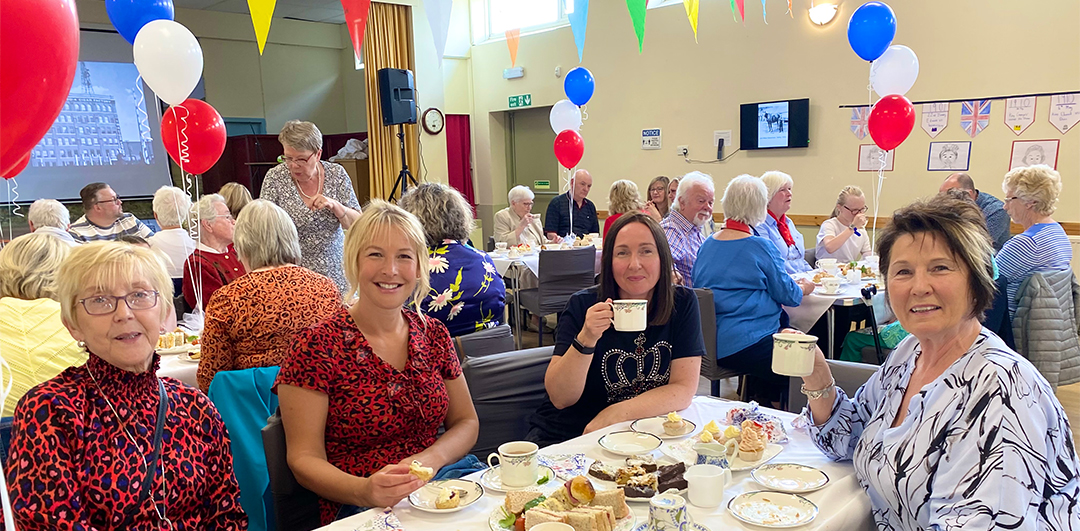THE ROMANS ARRIVE
The Romans arrived in Britain in 55BC, conquering Britannia from 43AD onwards and in 84AD, Julius Agricola won a victory in the Pictish heartland over the" Caledonians", killing 10,000 men. The Roman victory was not repeated. They were unable to hold positions so far north and eventually retreated to build Hadrian's Wall and Antonines Wall, to hold the marauding northerners back. Pictland was then relatively "free" within Roman Britannia for many years, although periodic raids by the Picts and the Scots of Ireland continued to harry the Romans who called them "barbarians who were creating havoc". In 368, the Pict, Scot and Saxon tribes attacked the Romans in London, plundering their treasures. By 410 the Romans had left Britain for good.
The Pictish kings continued to reign in this part of Scotland. On 20 May 685, not far from here on the plains of Dunnichen in Angus, Bridei, King of the Picts faced the "invincible" Anglo-Saxon force that had occupied Southern Pictland for the previous 30 years. The Picts won that day and massacred the entire English Anglo-Saxon host, including their king. It is said that, had Bridei lost that great battle, the Scotland of today would not exist and all of Britain might have become English. When Bridei's grandson, King Brude, died in 706 King Nechtan succeeded him. This brings us back to the Tealing connection.
In 710 AD, Nechtan sent a messenger to Ceolfrid, Abbot of the Monastery at Jarrow, seeking information regarding the timing of Easter and asking that architects be sent to him to build "a church in the Roman manner". Ceolfrid was delighted that Nechtan was willing to embrace the Roman Church in favour of the Celtic Church and he despatched the papal missionary, St Boniface, to Angus. St Boniface established churches at Felin (Tealing), Invergowrie and Restenneth.
The church in Tealing was dedicated to St Peter. We don't know exactly where in Tealing this first church stood. Epitaph historian, Mr A Jervise, writing in 1879, thought it had been located on a rising just yards north of Tealing House. However, in 1880, historian Alex J Warden said that this was a mistake. There had been a chapel on that spot north of Tealing House, but the remains of it had long since been removed. Warden thought that the site of the ancient church had most probably been on the site of the present church, but he could not be sure.
The Picts continued to rule in Angus and the north of Scotland, through the invasion of the Vikings in 794, and until around 843, when Kenneth MacAlpin united the Picts and the Scots as one nation under his rule. This was the first step in creating a united Scotland, a process not completed until at least 1034 and perhaps much later.
The next mention of Tealing in history is between 1159 and 1163 when Restenneth Priory (by Forfar) was made a cell of the Abbey of Jedburgh. By Charter, King Malcolm IV, commonly called "Malcolm the Maiden", granted the priory, amongst others, the churches of Crachnatharact, Pethefrin, Teleth (Tealing), Duninath, Dyserth and Egglespether.
Then, in 1174, Hugh Giffard of Tealing was recorded as one of the hostages for the release of King William (the Lion) of Scotland. King William had been captured by King Henry 11 of England and sent to prison in a castle at Falaise in Normandy. In return for his freedom, Henry 11 extracted an oath of allegiance from William that Henry was his feudal superior. It was known as the Treaty of Falaise and it was a humiliation for Scotland that lasted for 15 years until William renegotiated the return of his powers and lands from Henry's successor, Richard the Lionheart. It may have been for this service to King William that Hugh Giffard was bestowed the grant of Tealing in the late 12th century.
